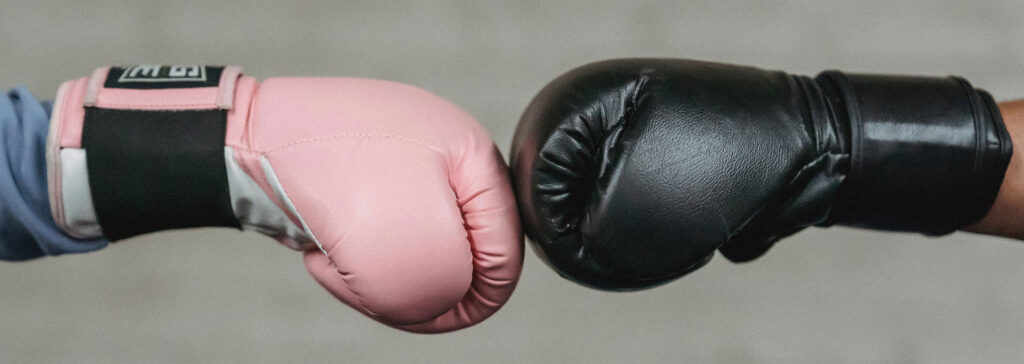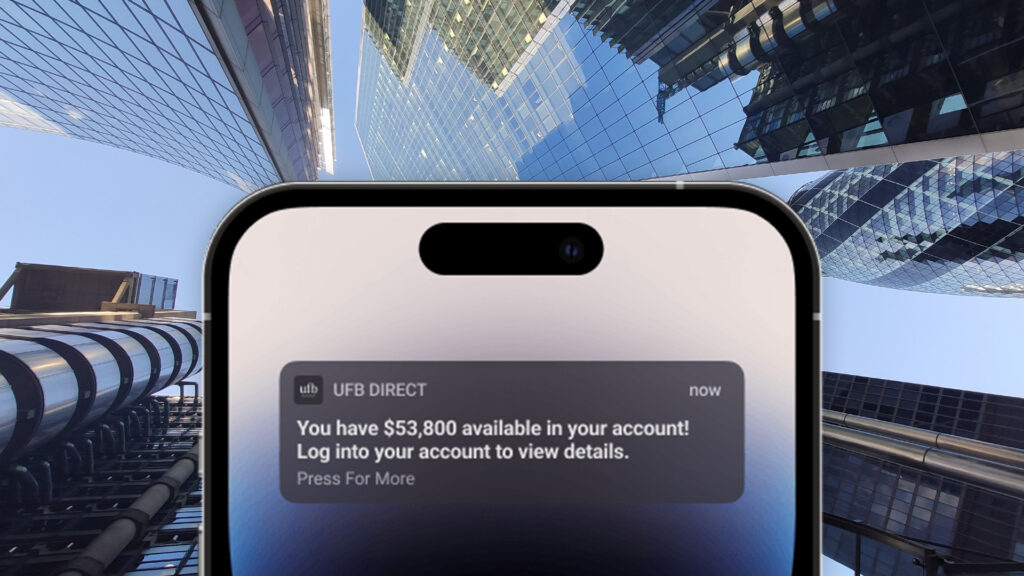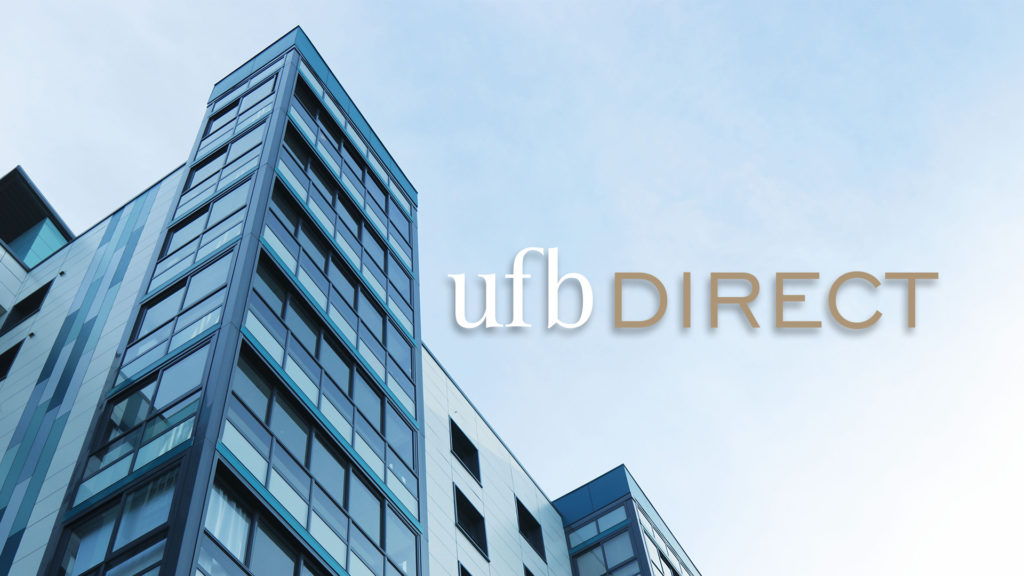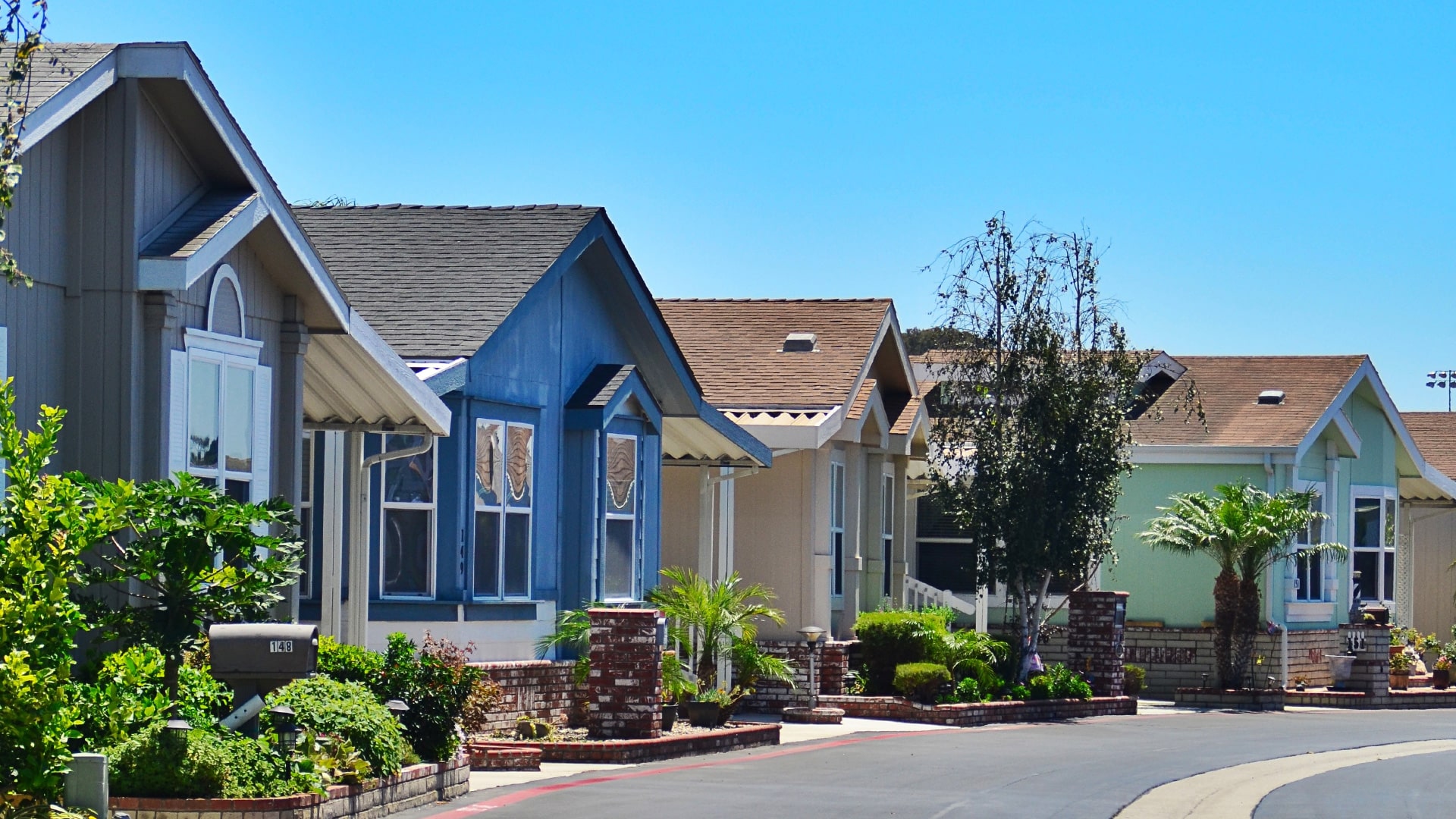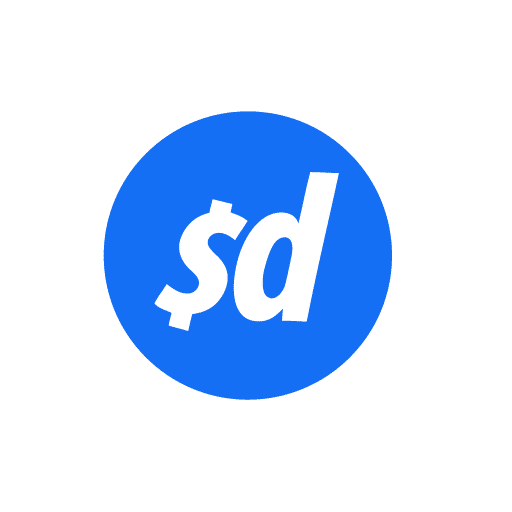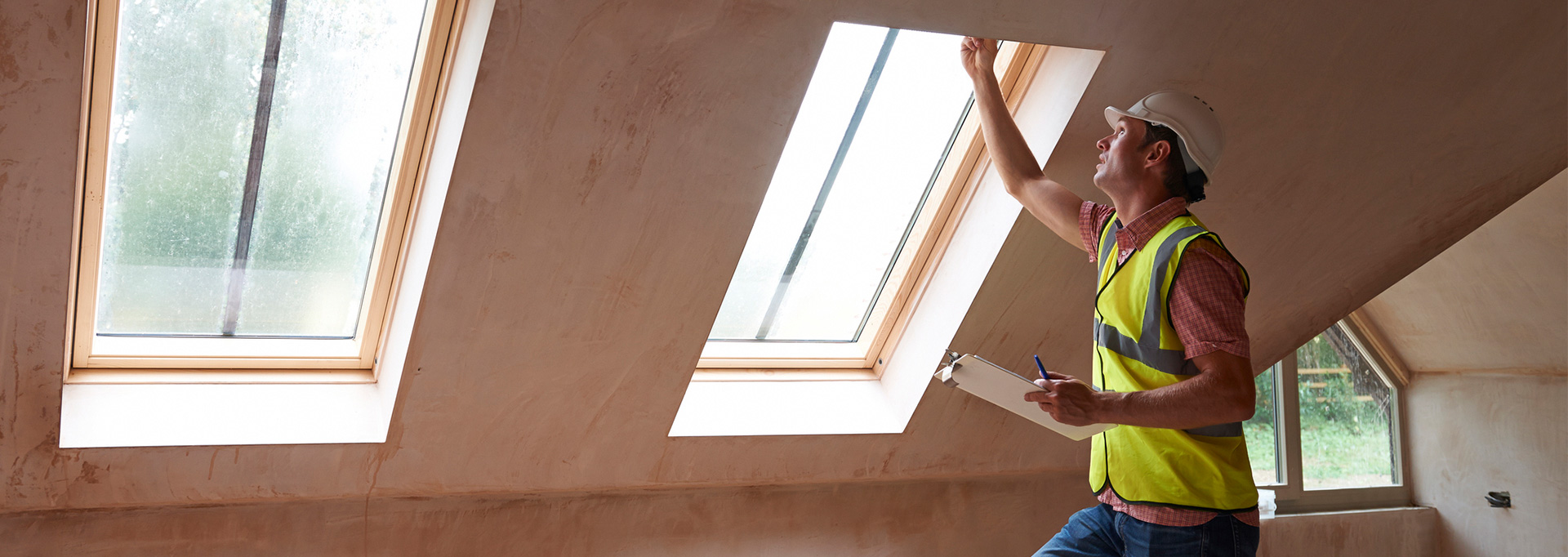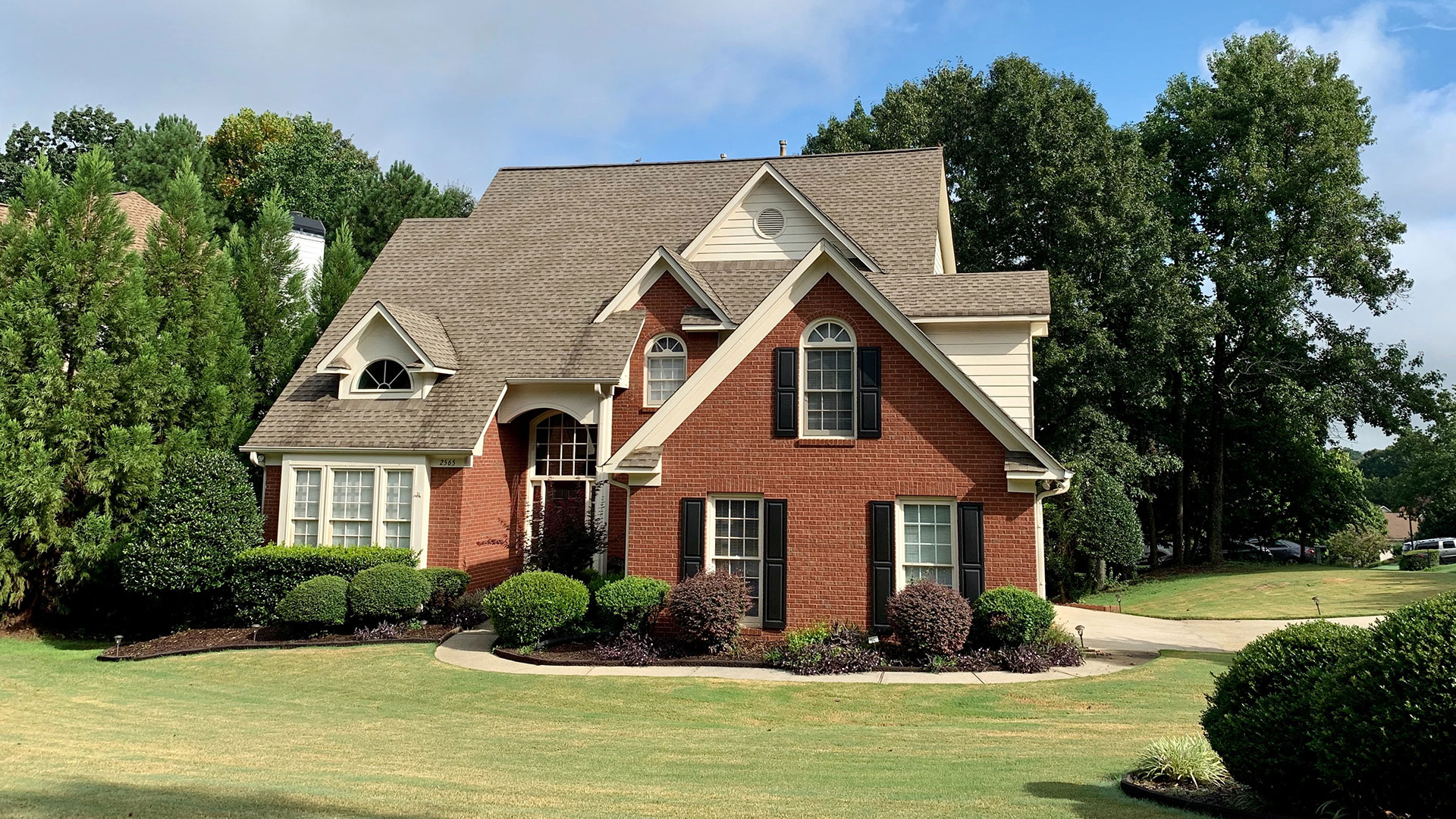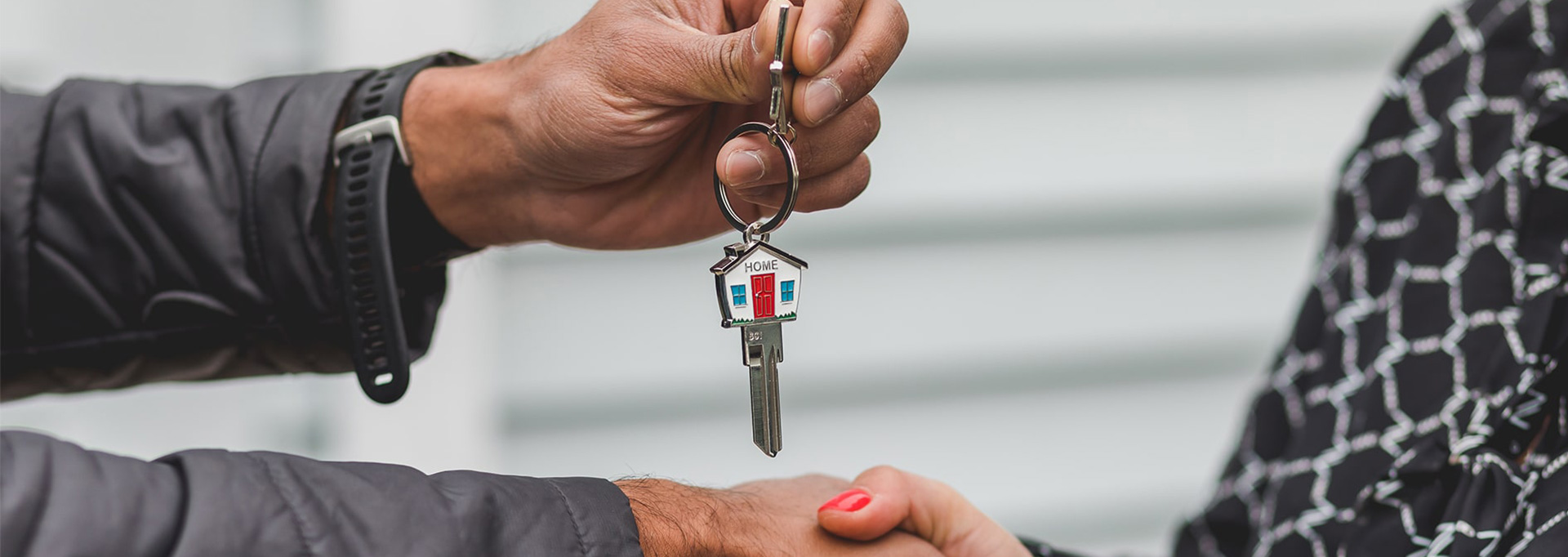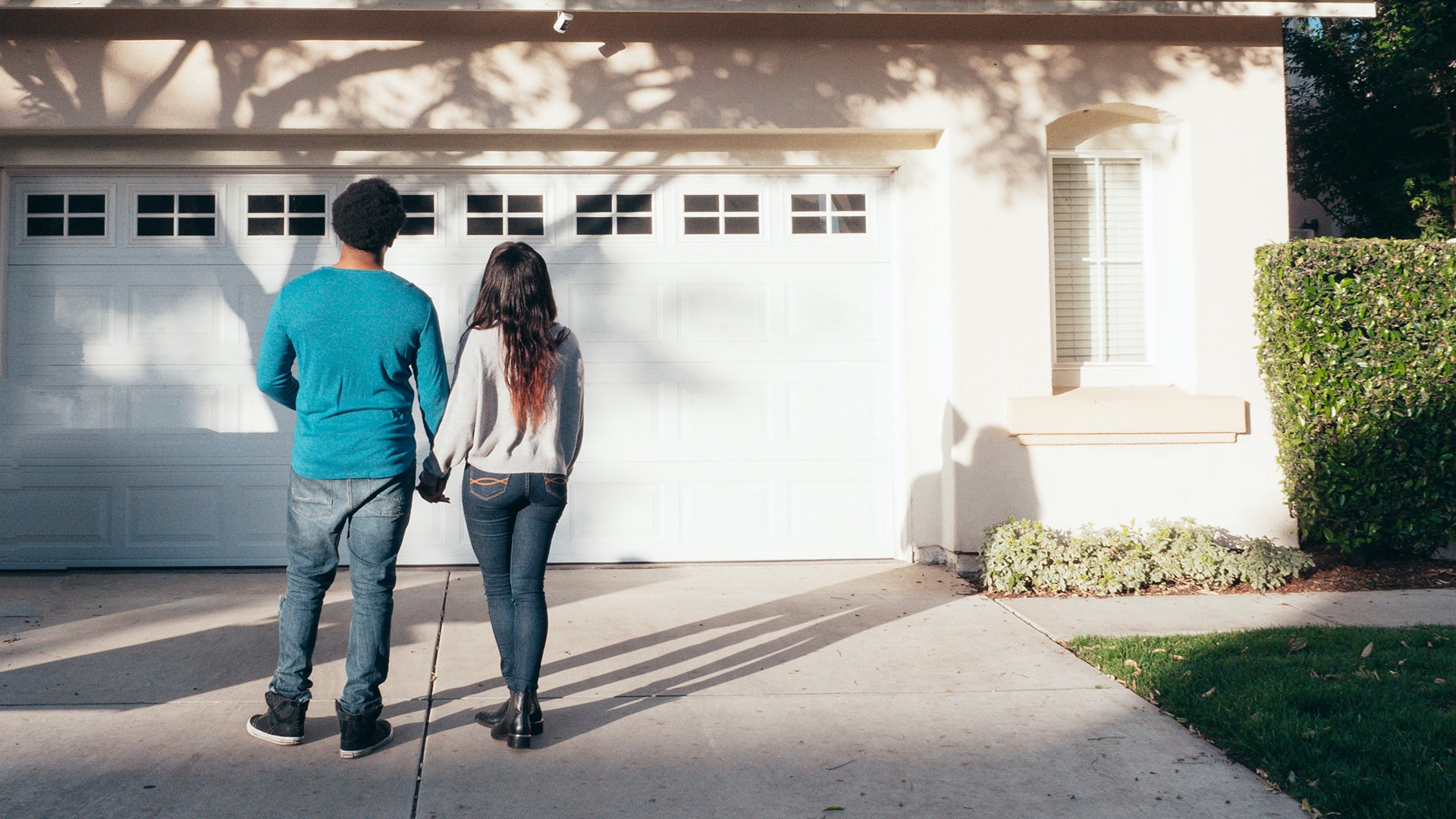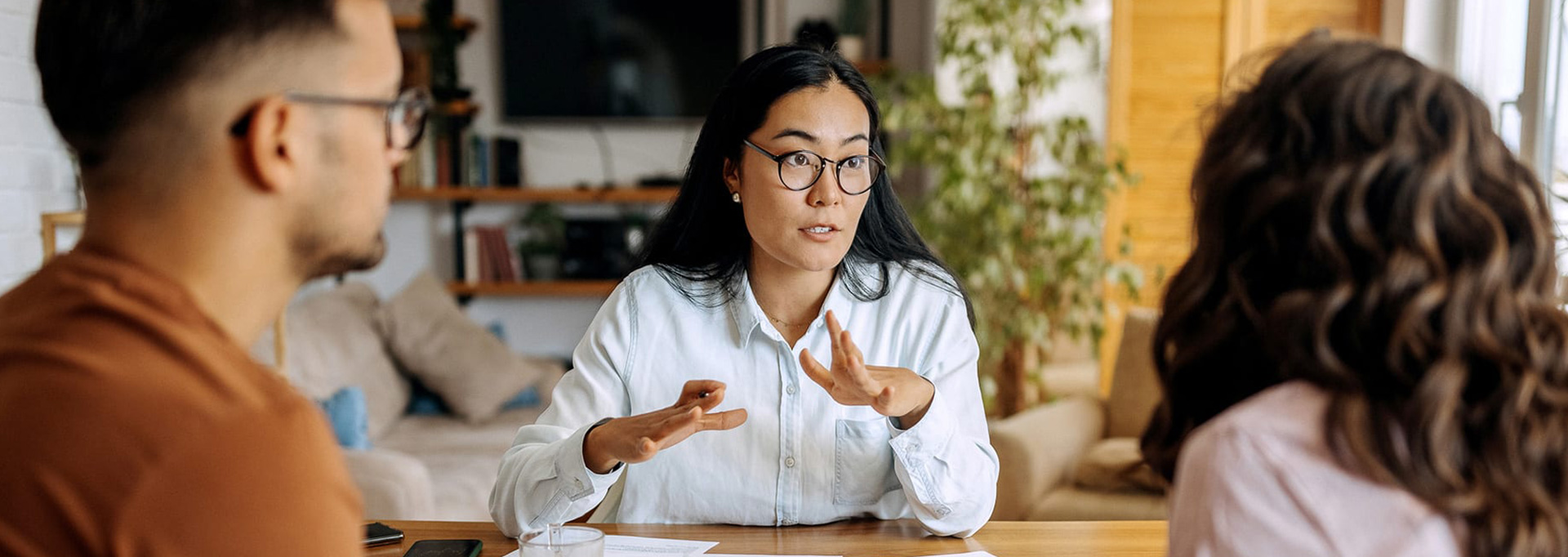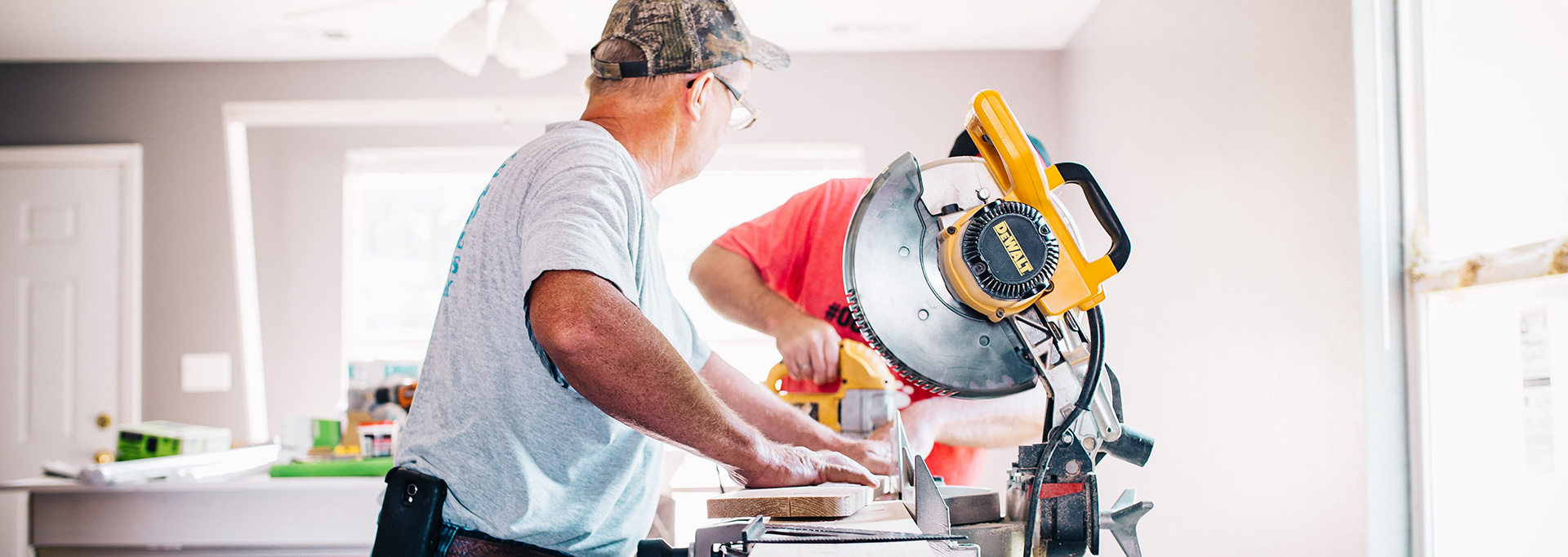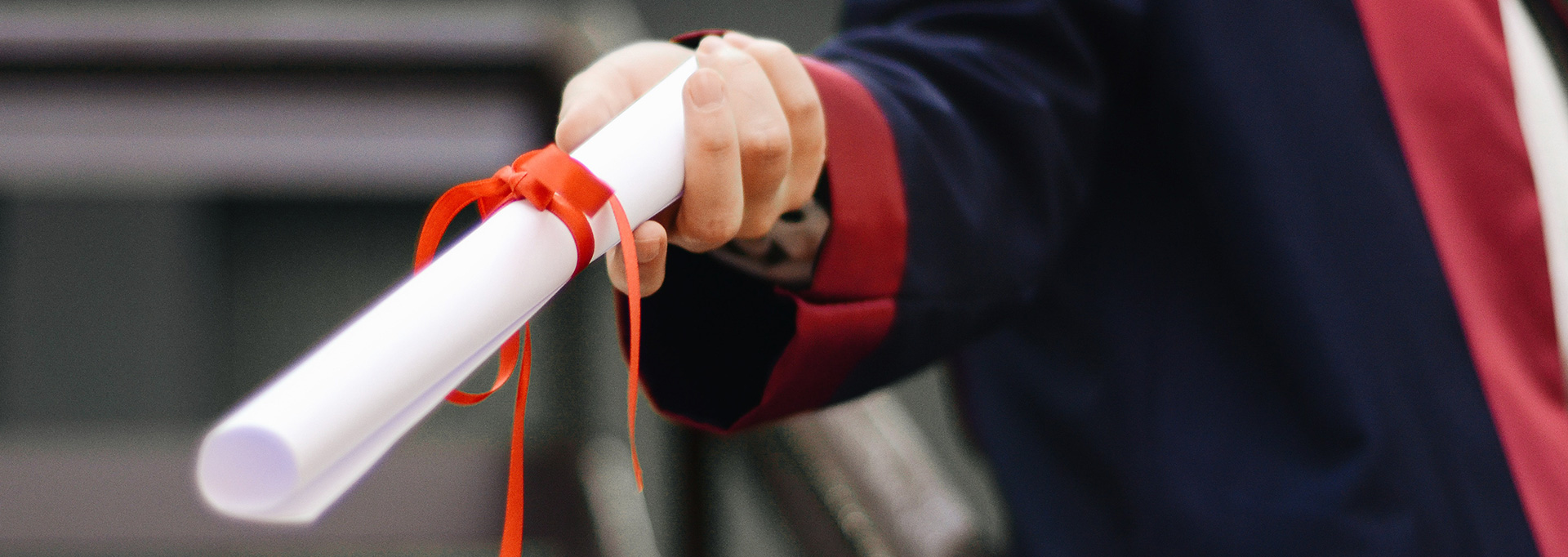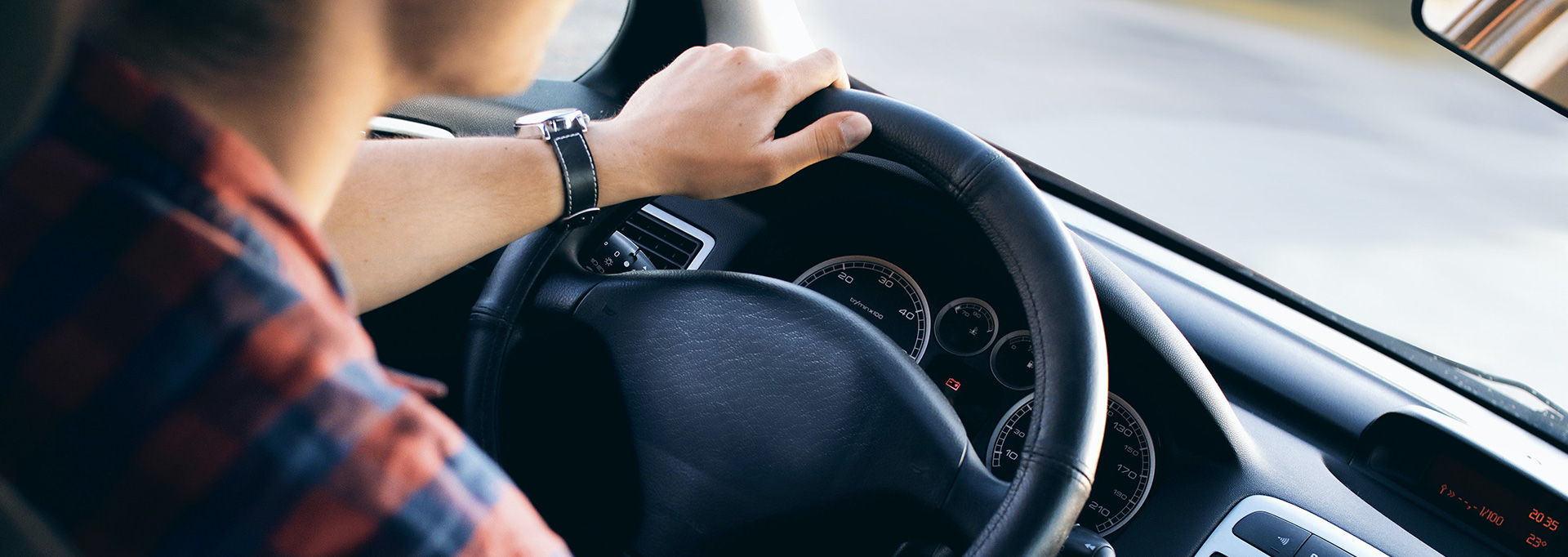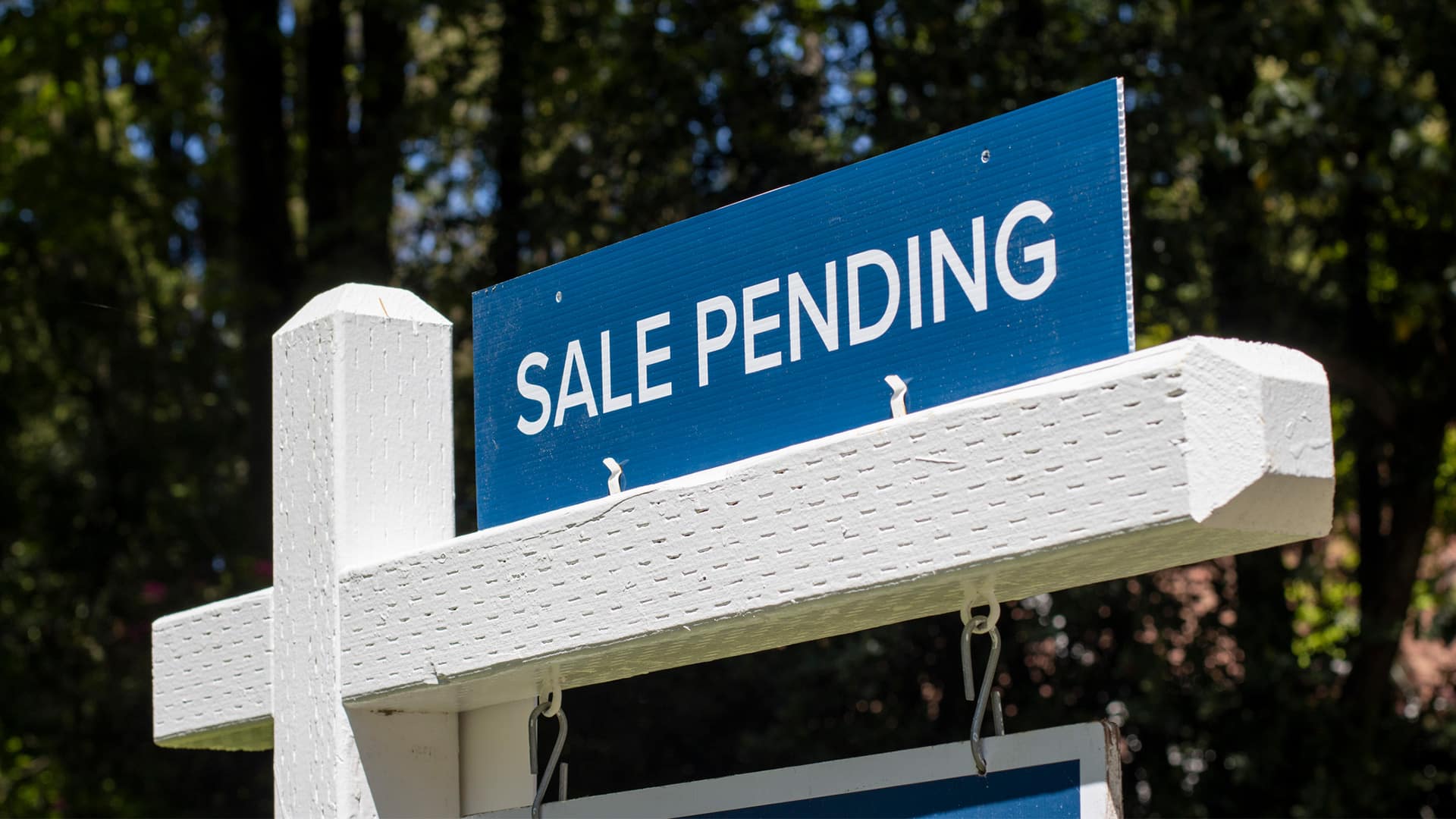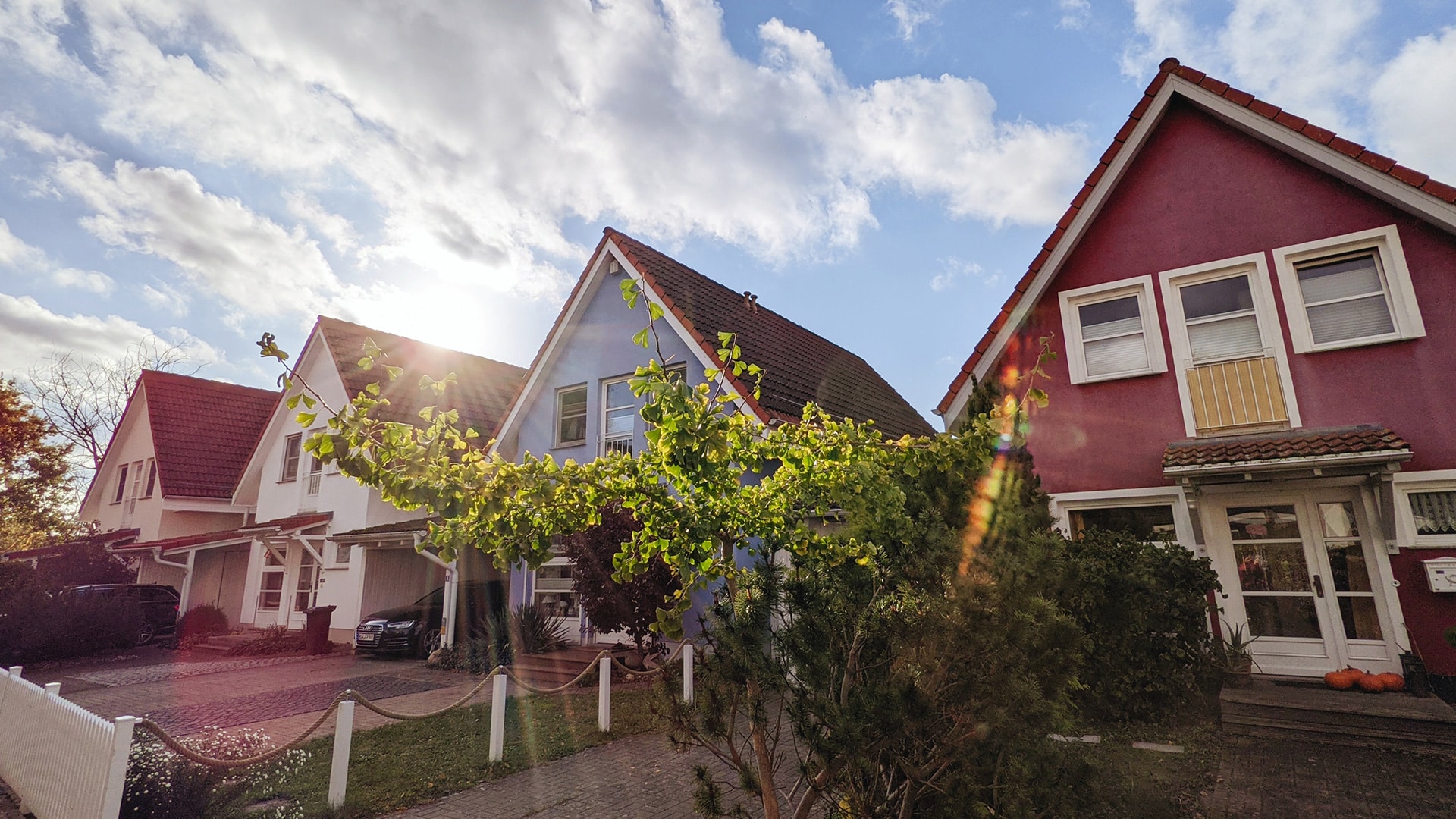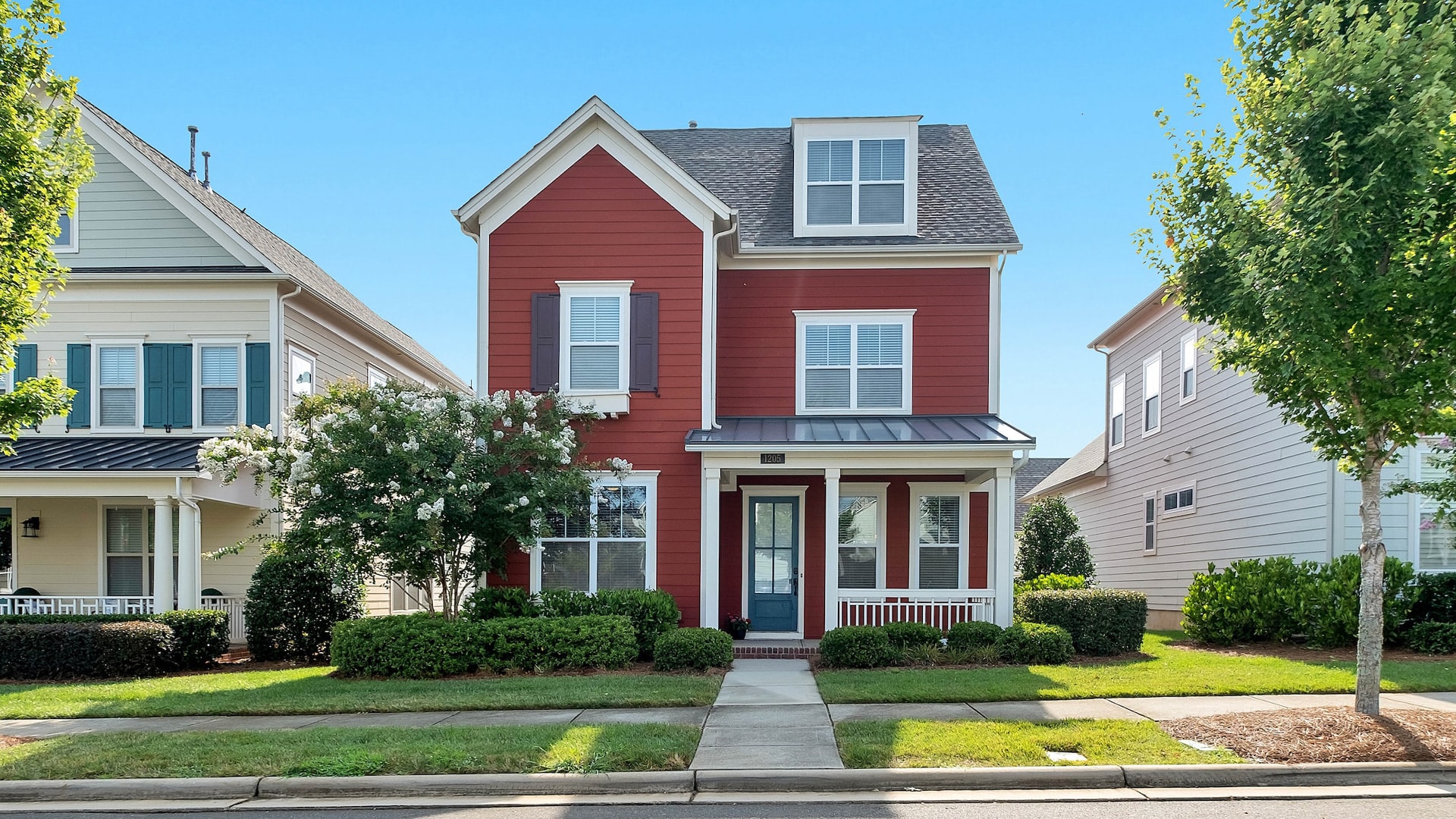Most products on this page are from partners who may compensate us. This may influence which products we write about and where and how they appear on the page. However, opinions expressed here are the author's alone, not those of any bank, credit card issuer, airline or hotel chain.
If you are thinking about buying a home, one of your first concerns might be the down payment.
You may have heard that you need to put down a 20% down payment to buy a house with a conventional loan. If you've been saving for a while and aren't quite there, the good news is that you may not need to put that much down to buy a house. There are options for getting a conventional mortgage loan with a smaller down payment, as well as other types of loans.
What is the 20% down payment rule?
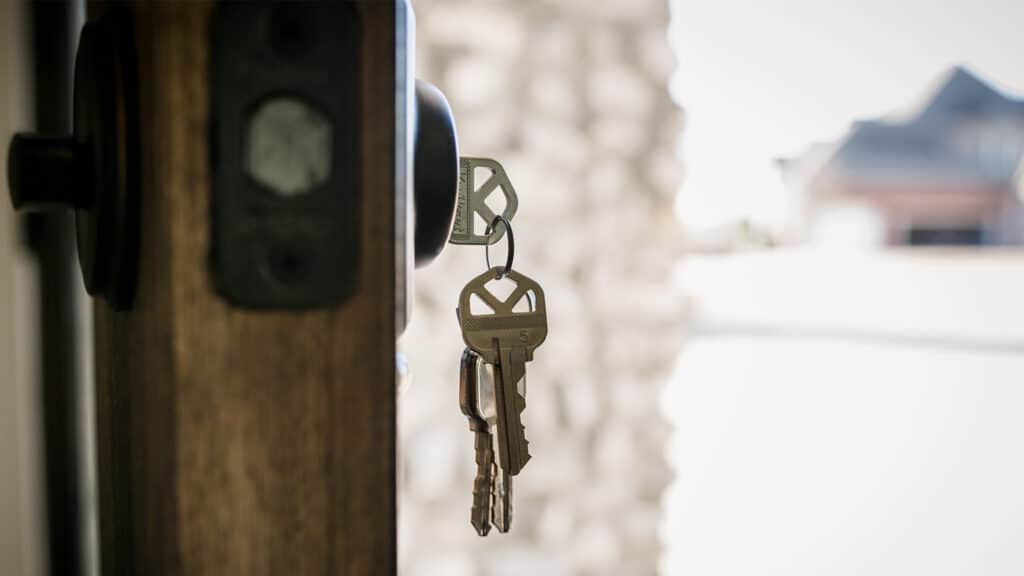
As a practice, mortgage lenders want borrowers to put 20% down to obtain a conventional loan because it lowers the risk that the homeowner will default. For those borrowers making less than a 20% down payment, most lenders require that they obtain private mortgage insurance (PMI).
About Private Mortgage Insurance (PMI)
Private mortgage insurance is a type of mortgage insurance that lenders may require for borrowers who put a down payment of less than 20% of the home's purchase price. The cost of PMI is usually paid monthly for the first several years of a loan and compensates the lender if the homeowner stops making payments.
When added all up over time, PMI will usually cost you more than if you put down the full 20% down payment. But the benefit is that you can buy a house sooner than it would take you to save enough to put more money down upfront.
Here is an example of the overall costs with a 20% down payment compared to a 10% down payment with PMI:
Conventional loan with a 20% down payment:
- Purchase Price: $400,000
- 20% down payment: $80,000
- 30-year fixed interest rate: 5.0%
- Loan Amount: $320,000
- PMI: Not Required
- Monthly Payment: $1,718
Conventional loan with 10% down payment and PMI:
- Purchase Price: $400,000
- 10% down payment: $40,000
- 30-year fixed interest rate: 5.0%
- Loan Amount: $360,000
- PMI: $150 per month for ~6.5 years until PMI is no longer required*
- Monthly Payment, with PMI: $2,082
With 10% down, you get the home for a lower down payment, but you have to pay PMI for a total of $11,850.
*In this example, the rate for the PMI is 0.5% per year of the original loan amount, divided into 12 equal monthly payments. Your PMI rate may be different so ask your lender. The calculation, in this case, is that you achieve 20% equity ownership in the property by making monthly payments for over 6.5 years. Your loan might take fewer or perhaps more monthly payments to achieve this same 20% equity figure. Achieving 20% equity ownership means PMI is no longer required.
How much down payment is required to purchase a home?
While a 20% down payment is preferred by lenders, some conventional lenders may accept a down payment of less than 20% but require that the homebuyer carry private mortgage insurance (PMI). The buyer can usually stop paying the PMI once they have at least 20% equity in the home.
According to the National Association of Realtors, the median down payment across all buyers is around 13%, which is less than the traditional 20% down payment. First-time buyers with excellent credit may possibly get a mortgage with as low as a 3% downpayment.
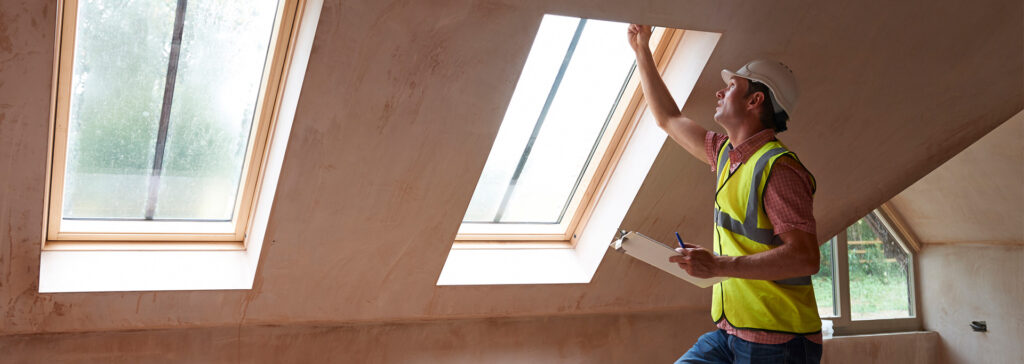 Related Article
Related Article
10 Hidden Costs of Buying a Home That First-Time Homebuyers Should Know
Should I put more than a 20% down payment?

Depending on your circumstances, there may be benefits to paying more than the average down payment.
- A higher down payment means a lower monthly mortgage bill: If you increase your down payment, you borrow less. The lower loan amount reduces your monthly payments and results in less overall total interest paid over the life of the loan. The disadvantage of trying to use a higher down payment is that it may take many years, even decades, to save enough for the down payment, especially if home prices continue to rise.
- Avoid PMI by paying more than 20% down payment: If you can afford a 20% down payment or more, you will save a considerable amount of money by not having to pay for PMI. PMI only protects the lender in the case of a loan default, so there is no other benefit to the homeowner except to make it easier to buy a home with a lower down payment.
- A larger down payment may help the loan approval process: Offering a larger down payment may ease the loan approval process. It does not simplify the application process; however, it may make it easier to get the loan amount approved because there is less risk for the lender. This benefit may depend on the type of loan you seek and your credit score. It might be helpful to ask potential lenders if increasing your down payment would positively affect the loan terms.
- Mortgage may be more affordable into retirement: One reason for putting more than 20% may be retirement planning. There may be a need to keep your mortgage payment low enough to be paid from retirement funds during one's retirement years. A larger down payment lowers the monthly mortgage payment and might be worth considering for those living on a fixed income.
While putting down more than 20% down payment has its upsides, not everyone can afford to do so. Evaluate your financial situation to determine if it makes financial sense for you.
Pros and Cons of Putting 20% Down
Benefits of a 20% Down Payment
- No PMI requirement
- Lower monthly payments over the life of the loan
- Improved debt-to-income ratio
- More lender confidence in the ability to repay the loan may get better loan terms
Drawbacks of Putting Less Than 20% Down
- May need to pay PMI
- Higher monthly payments
- A greater amount of total interest expense over the life of the loan
- May not qualify for the best interest rates
Low Down-Payment Options for Home Buyers How to Buy a Home With Less Than 20% Down
Depending on the type of loan you qualify for, it is entirely possible to put down much less than 20%. Here are some options for those who may not have enough for a 20% down payment.
-
1
Research Conventional Loans with PMI
For loans with less than a 20% down payment, the lender will likely require PMI. PMI rates vary from 0.22% to 2.25% per year of your remaining mortgage principal. The amount you will pay for PMI depends on the total loan amount. Lenders consider a higher loan amount riskier and therefore charge higher rates for PMI. PMI rates also depend on your credit score.
-
2
Try a 3% Down Conventional Loan 97 with PMI
The minimum down payment for a conventional conforming loan is 3%. Conforming loans have a loan amount below the maximum limit allowed by the Federal Housing Finance Agency (FHFA) and meet the funding criteria of Freddie Mac and Fannie Mae. The 2022 FHFA limits for a single-unit home are $647,200, but the ceiling limit can be higher in high-cost areas.
-
3
Consider FHA Loans with MIP
FHA Loans are provided by the U.S. Department of Housing and Urban Development's Federal Housing Administration and can be beneficial to first-time homebuyers because of their lower credit score requirements, lower closing costs, and lower minimum down payments. These government-backed loans require a minimum down payment of 3.5% if your credit is average and 10% for bad credit. Check with your lender to see what you can qualify for using for a down payment on an FHA loan. The FHA has specific loan limits based on the county where the property is and the type of property. PMI is not required for an FHA loan. Instead, FHA loans require Up Front Mortgage Insurance Premium and a mortgage insurance premium (MIP). Depending on your FHA mortgage, most FHA loans require MIP for either 11 years or the lifetime of the loan.

Renting Vs Buying a House: Why It Might Be Better to Rent
Can you buy a home with a 0% down payment?
Yes, there are special programs for zero-down mortgage loans, which require zero down payment. These loans are available because the government has agreed to back the lender if the borrower defaults.
VA Loan (no PMI required)
If you are a veteran who qualifies for a VA loan, a VA mortgage can be offered with 0% down. A VA loan does not require PMI either. This can be a great opportunity to become homeowners for military families and veterans.
The loan limits may vary depending on the county, so check with your lender for more information. Many banks, credit unions and other lenders can assist with a VA loan.
USDA Loan (no PMI required)
A USDA loan is a special government loan guaranteed by the United States Department of Agriculture. This program has a 0% down payment for low- to medium-income homebuyers who qualify to buy a home in rural areas. A USDA loan does not require PMI, but does require the lender to pay an annual guarantee fee and the cost of this is included in your mortgage payment.
Down Payment Assistance Programs
Many programs offer down payment assistance to first-time buyers and low-income buyers who are unable to come up with any down payment. These programs may offer resources to help cover the cost of a down payment, such as grants, matched savings accounts, forgivable loans, low- or no-interest down payment loans, or deferred-payment loans to be repaid only upon the sale or refinancing of the home.
How much down payment should you put down?
Deciding on a down payment amount will depend on a family's financial situation and what they can afford.
Consider the following to help determine how much you can afford in down payments:
- Will a down payment deplete your emergency fund? In addition to a down payment, you should make sure you still have enough funds for an emergency fund. The general rule is to keep at least 3 to 6 months of expenses in an emergency fund set aside.
- Can you afford the closing costs? You will need to have enough cash to pay the closing costs of the home purchase in addition to the down payment. Check with your real estate agent or the title company that will handle the escrow to estimate the closing costs. There are also other hidden costs of buying a home that homeowners should be prepared for.
- What is your opportunity cost of using the funds for the down payment? The opportunity cost is your evaluation of the potential use of the money for the down payment compared to using the money in a better way for you financially. For example, if an individual has high-interest rate debts, it may make more sense to pay those off rather than putting a larger amount as a down payment.
- Do you qualify for down payment assistance or government programs? If you qualify for down payment assistance through special programs, this may help increase your ability to afford a larger down payment than if you were to fund it solely with your own funds.
Evaluate all the important factors to help decide on a down payment that is in your best financial interests, including what you can afford, the home purchase price, and more.
What if I can't afford a down payment?
Everyone's circumstances are different. Here are general tips to consider:
- If you are a low-income or a first-time homebuyer, you may qualify for down payment assistance. Some lenders even have in-house programs for this purpose.
- Research different types of loan that offer a lower down payment requirement.
- Find a home offered for a lower sales price.
- Seek owner financing with nothing down or consider a rent-to-own structure.
- Get rid of debt and create a budget for a savings plan.
Ultimately, if you cannot discover a viable alternative, you may have to save enough money for the down payment needed by tightening your budget and reducing expenses.
Be Prepared for the Cost of Maintaining a Home

An important consideration aside from the down payment is the cost of maintaining a home. If you are a first-time homebuyer, you may not have any experience with these costs, and they may be surprising.
You may have to pay homeowner's association (HOA) fees, property taxes, sewer bills, street repair assessments, and things you never had to pay before as a renter. Your rent covered these expenses, and your landlord took care of them. As a homeowner, they will be your responsibility. Budget carefully to avoid stress over your bills, especially during a period of high inflation and rising costs.
Final Thoughts
Buying a home is intimidating and stressful. Things go wrong. Delays may cause frustration. Give yourself plenty of time to learn about these issues and take everything one step at a time. Coming up with the right down payment amount is just one critical part of the home-buying journey.
Down Payment FAQs
-
PMI rates average 0.22% to 2.25% per year of your mortgage balance remaining. The rate you pay for PMI depends on the loan balance amount and your credit score.
-
Yes, but not always. Some lenders may waive the PMI requirement, especially if you have a high credit score and an existing customer relationship. Try negotiating with your mortgage broker to see if it is possible.
-
If you have a poor credit history, a lender may require a larger down payment to approve the loan. If you have a high debt-to-income (DTI) ratio, your lender may also require a bigger down payment. Your DTI is calculated by taking your gross monthly income before taxes and dividing it by your total monthly debt payments. A good DTI is 36%.
-
This depends on the situation. In most cases, if the buyer changes their mind, they are unlikely to get their down payment back, but they may be able to recover their earnest money deposit if they cancel within the contingency period. If the sale falls through due to the seller, it may be possible for the buyer to get their down payment back.
-
A deposit is paid upfront and used to secure a contract with a seller and negotiate terms. The money is held in escrow and put towards the purchase price at closing. A down payment lowers the principal amount of the loan and is paid at closing. Deposits are also refundable in certain cases, while down payments are typically not.
